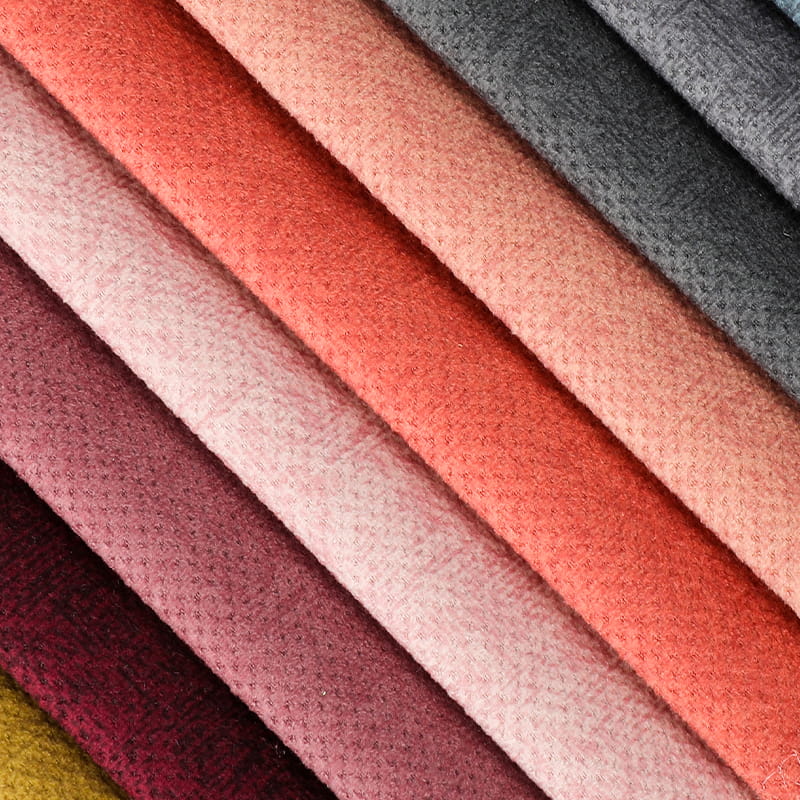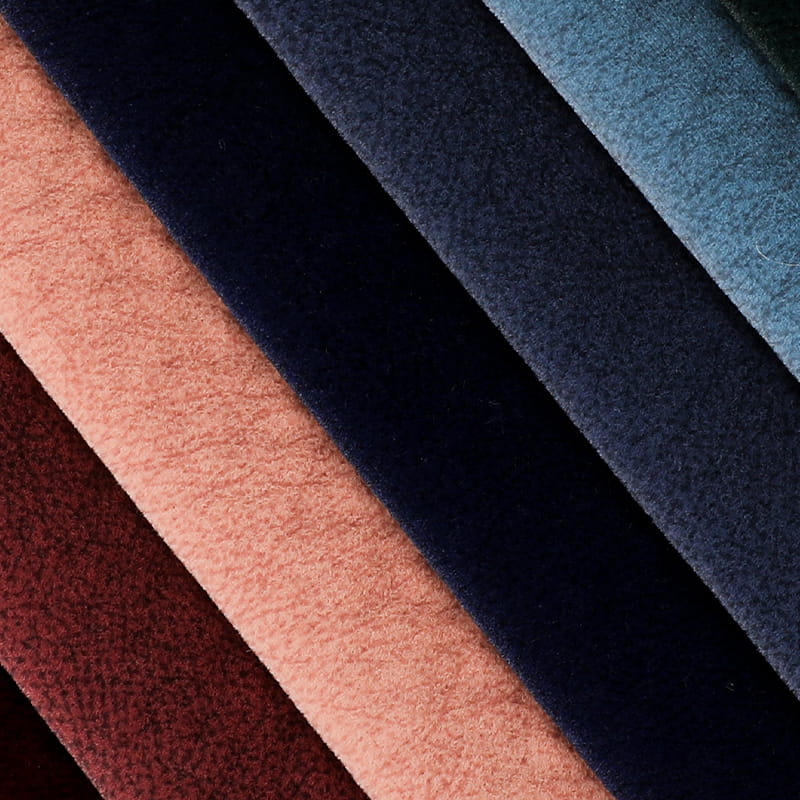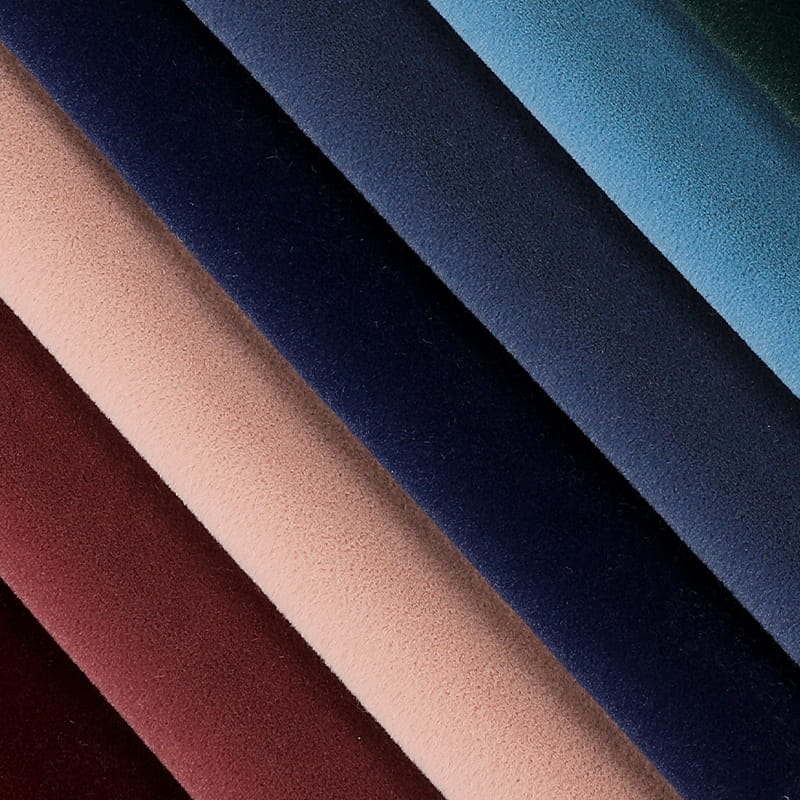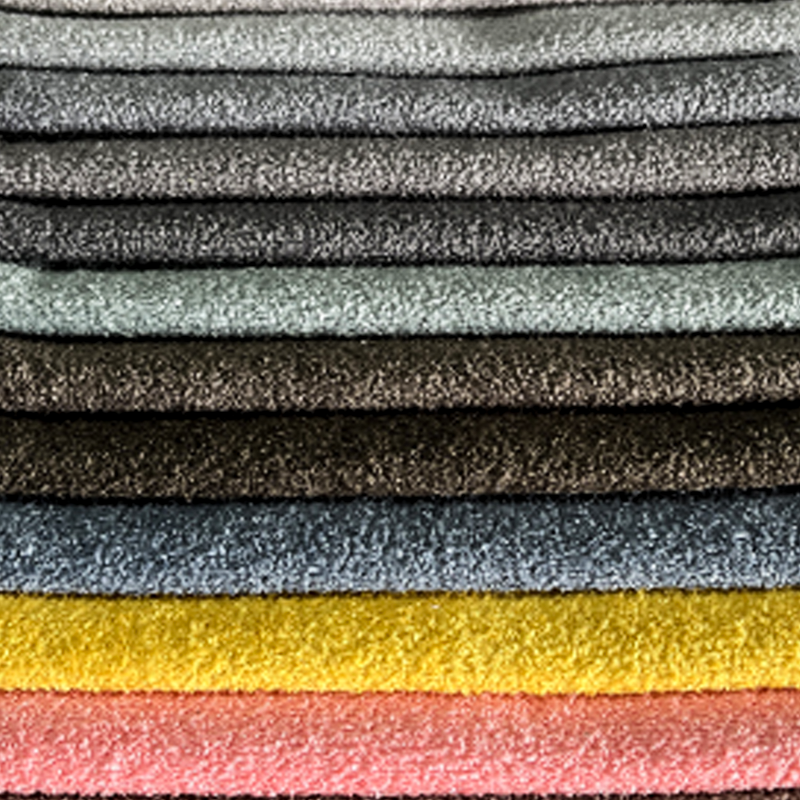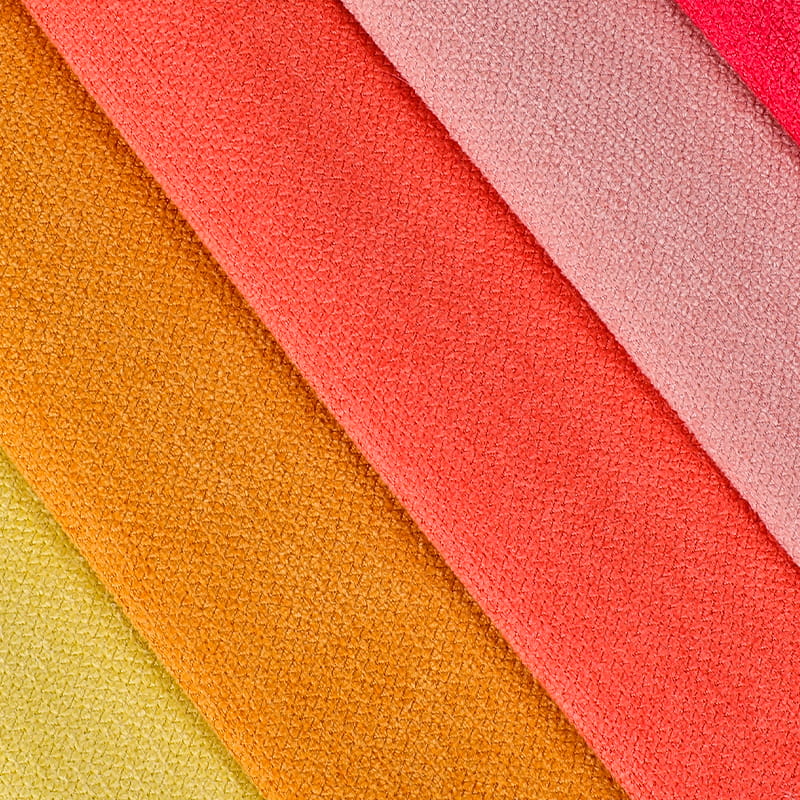Today, as technology and fashion go hand in hand, waterproof technology fabrics have become a shining star in the textile industry with their unique charm. It not only redefines the performance boundaries of fabrics, but also demonstrates extraordinary value and potential in many fields such as outdoor adventures, daily wear and even industrial applications.
The biggest highlight of waterproof technology fabrics is that they achieve dual protection of waterproofness and breathability. Traditional waterproof materials often find it difficult to take both into account. Either they have outstanding waterproof effects but poor breathability, which leads to stuffiness when wearing; or they have good breathability but are difficult to resist rain. Modern waterproof technology fabrics have successfully broken this bottleneck through high-tech means such as nanotechnology and microporous technology. The ultra-thin waterproof layer formed by nanoparticles on the surface of the fabric is like an invisible shield, which effectively blocks the penetration of water molecules while allowing air molecules to flow freely to keep the body dry and comfortable. This ingenious design allows waterproof technology fabrics to become people's right-hand man in bad weather.
Compared with traditional waterproof materials, waterproof technology fabrics have also been significantly improved in lightness and durability. They usually use high-strength, low-density fiber materials, and are processed by special processes to make the fabrics both light and tough. This feature not only reduces the burden of wearing, but also improves the tear resistance and wear resistance of the fabric, and can maintain a good use state even in extreme environments.
With the increasing awareness of environmental protection, consumers have also put forward higher requirements for the environmental performance of textiles. Waterproof technology fabrics actively respond to this trend, and more and more brands have begun to use recyclable materials or bio-based materials to produce waterproof fabrics. These materials not only reduce dependence on non-renewable resources such as petroleum, but also reduce carbon emissions and environmental pollution in the production process. At the same time, the durability of waterproof technology fabrics also reduces the need for frequent changes of clothing, thereby further reducing the environmental burden. This green and sustainable production method makes waterproof technology fabrics a new choice for environmentally friendly consumption.
Waterproof technology fabrics not only have performance, but also focus on integration with fashion elements. Designers cleverly apply waterproof technology fabrics to various fashion items, such as jackets, waterproof jackets, outdoor backpacks, etc., which not only meet consumers' functional needs, but also give them unique fashion charm. These items have become the fashion focus of the streets with their unique texture, color matching and tailoring design. The combination of waterproof technology fabrics and fashion not only enriches people's clothing choices, but also promotes the innovative development of the textile industry.
Looking to the future, waterproof technology fabrics will develop in a more intelligent and personalized direction. With the continuous development of technologies such as the Internet of Things and big data, waterproof technology fabrics are expected to be combined with advanced technologies such as smart sensors and temperature control systems to achieve a more intelligent wearing experience.
With its unique charm, waterproof technology fabrics are changing our lifestyle and wearing experience. It is not only a combination of technology and fashion, but also a vivid embodiment of the concept of environmental protection and sustainability.



 English
English Español
Español
